What is Geocaching?
Geocaching is basically a treasure hunt, except instead of looting the treasure you find, you add to what antiques and lost memories of the past that lay in the container. Jac Catalfamo, Max Boudrea, Ben Gionet, Nick Atkins, Caleb Hurley, and I went Geocaching in Fitchburg, and guess what! We found a container with a deer skull in it.
It’s always fun to be the one to find the box of treasures. Searching for the box is just as exhilarating as checking what lost crap you find from the 1980’s. If you do end up finding the container; whether it’s under a rock or up on top of a tree. Never take what you find even if it’s a Hundred dollar bill or if it’s car keys to a new car.
Always add to what you find, because you never know when the next hunter will find your additions. Whether it be in 10 years or a 100. Always Always remember to write your name in whatever log book is in the cache.
Geocache App
The Geocache app makes it easier to find the nearest cache. Having the default Geocache app will show the area of a cache, but not its absolute area. It will show an area of 50 feet, but if you get premium it will show an area of 10 feet.
Purchasing premium from my experience definitely gives you the advantage to geocaching. Geocache App will show a map of caches in a large area. I’m talking about the entire Ashburnham and Westminster area so you can find the closest one. A cache could be a mile away or 300 feet from your backyard.
These caches can be anywhere, just because you might not see a cache on Geocache App doesn’t mean that there isn’t one right next to you.
Ashburnham and Westminster Geocache Map
There are some caches in Ashburnham and Westminster, you will find more caches in the less rural parts of each town. Such as the woods or backroads; caches are more found in covered spots like under leaves and sticks. Trails are good too, but the caches might be farther off the trail than you expect.
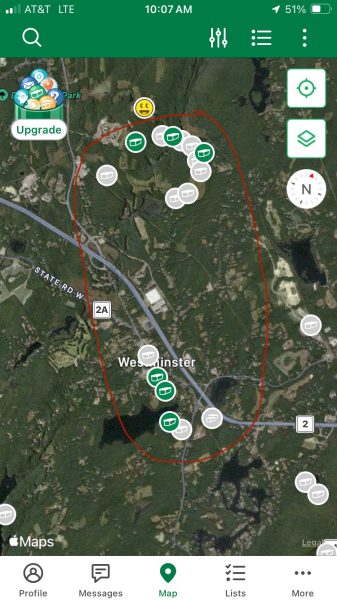
The blue dot is your current location on the map. When you click on a cache there will be a dotted line from your location or the blue dot to the cache you selected. The closer you get to your selected cache, the more the dotted line shrinks.
In the app, when you find a cache you can mark it as “found;” when you mark it as “found” there will be a smiley face on the location of the cache, the Gray Caches are the caches that are more difficult to find and the terrain is above a 2.0, and you need premium to locate the cache. Although; the Green Caches are more simple and easier to locate and discover. Not all caches are containers, but they might be a pill capsule; the capsules aren’t as common as the containers though. Imagine trying to find a pill capsule amongst a pile of leaves.
Premium is $40 a year or $7.99 a month; if you want to find more caches and you will be dedicated to the activity then I would recommend purchasing the $40 yearly because if you are always looking for a new cache, outdoorsy, and finding more caches. Geocaching is also for explorers. Having a variety of terrain to explore for someone that likes to go outside can make geocaching very enjoyable. I would recommend premium because it gives you more options for finding caches.
When and if you find a cache you can type a response about the cache something like “found” or “great spot” it’s always fun to compliment the spot you found the cache in, but don’t be weird and say you found a cache when you really just went onto your map and clicked on a cache and registered it as found.
When did it all start?
If you were wondering when Geocaching started; it all started in the 2000’s in Oregon; a group of people had an idea to combine geography and technology. It was used to revive letterboxing, letterboxing is basically geocaching except that there are more and better clues.
Virtual caches have become illegal and more physical versions of caches have started to show after the ban of virtual caches. A virtual cache isn’t what you might think it is, a virtual cache is a location and not a container.
Just remember Geocaching isn’t always about what you find, but more about exploring, going outside, and experiencing nature. Maybe try new towns and locations for caches; don’t stay in the same location finding the same cache every time you go exploring. That’s just boring. Geocaching is all about going outside.




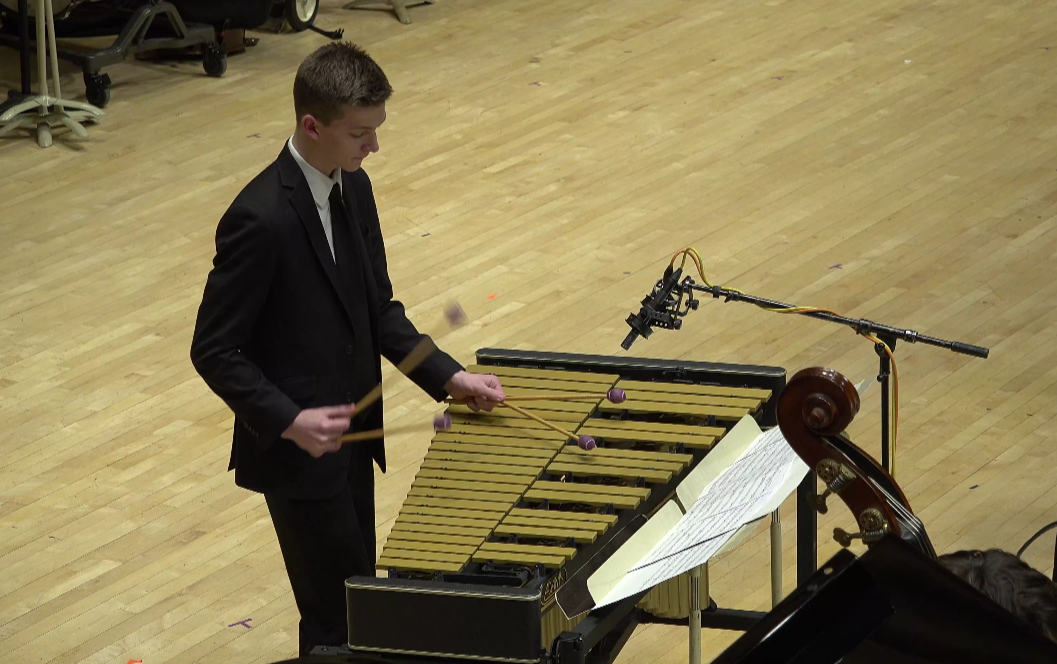
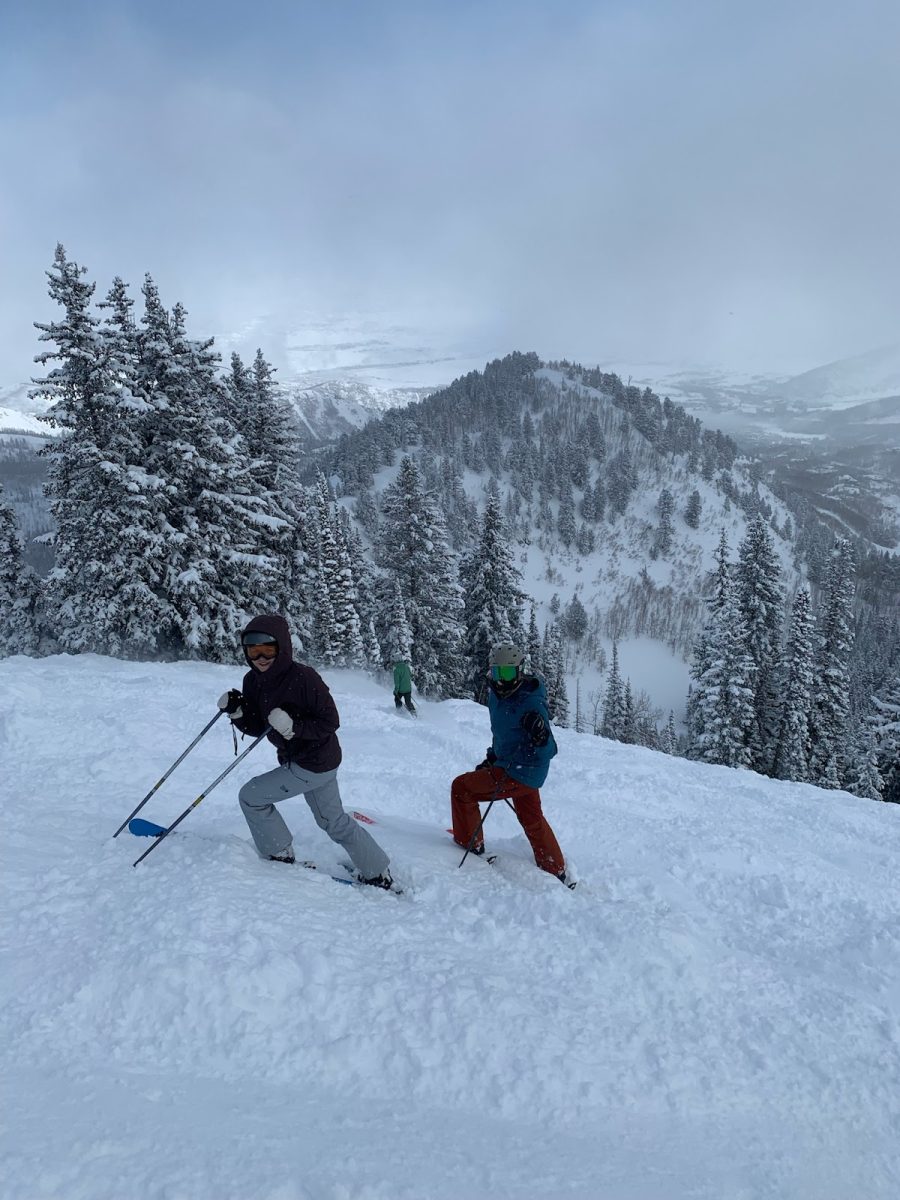

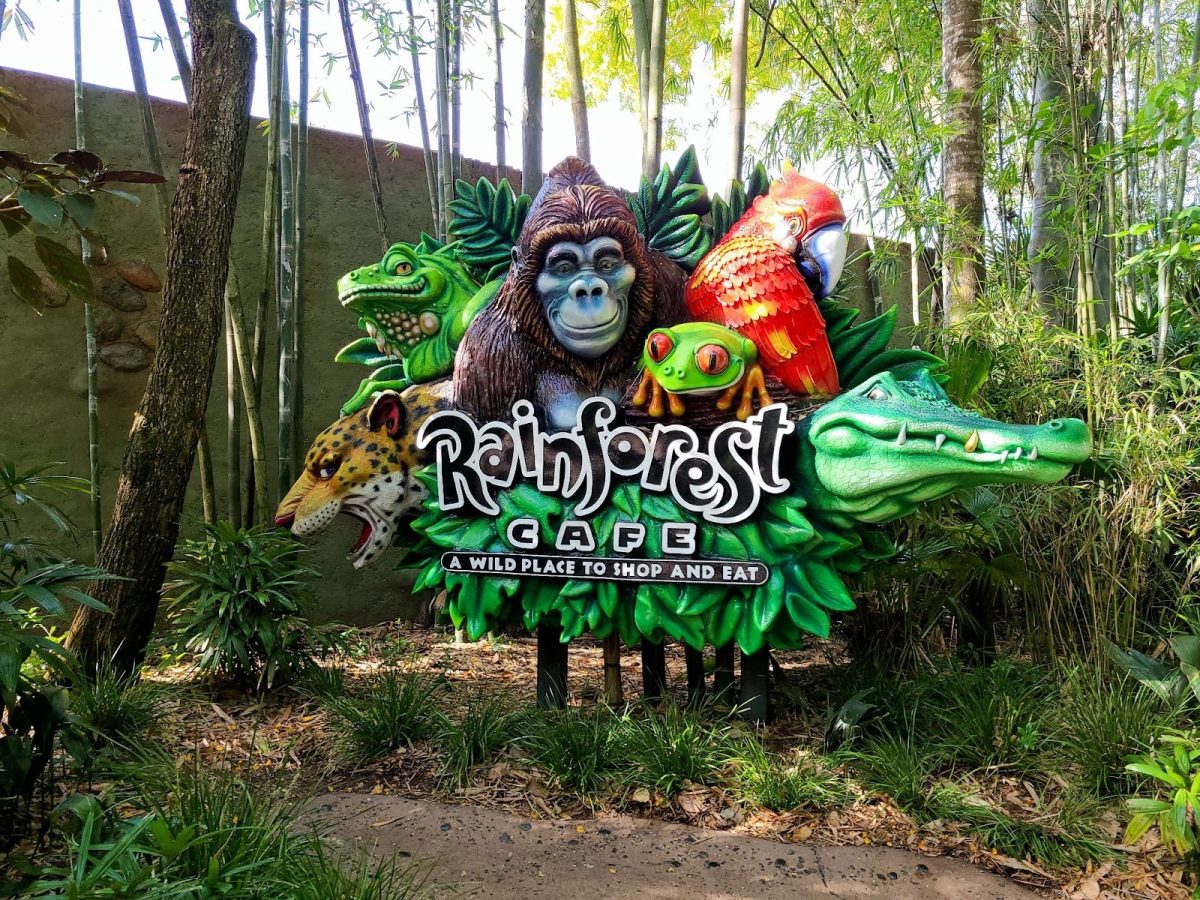
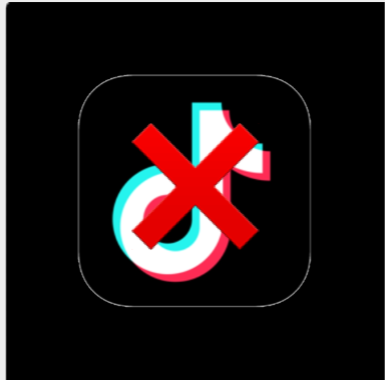
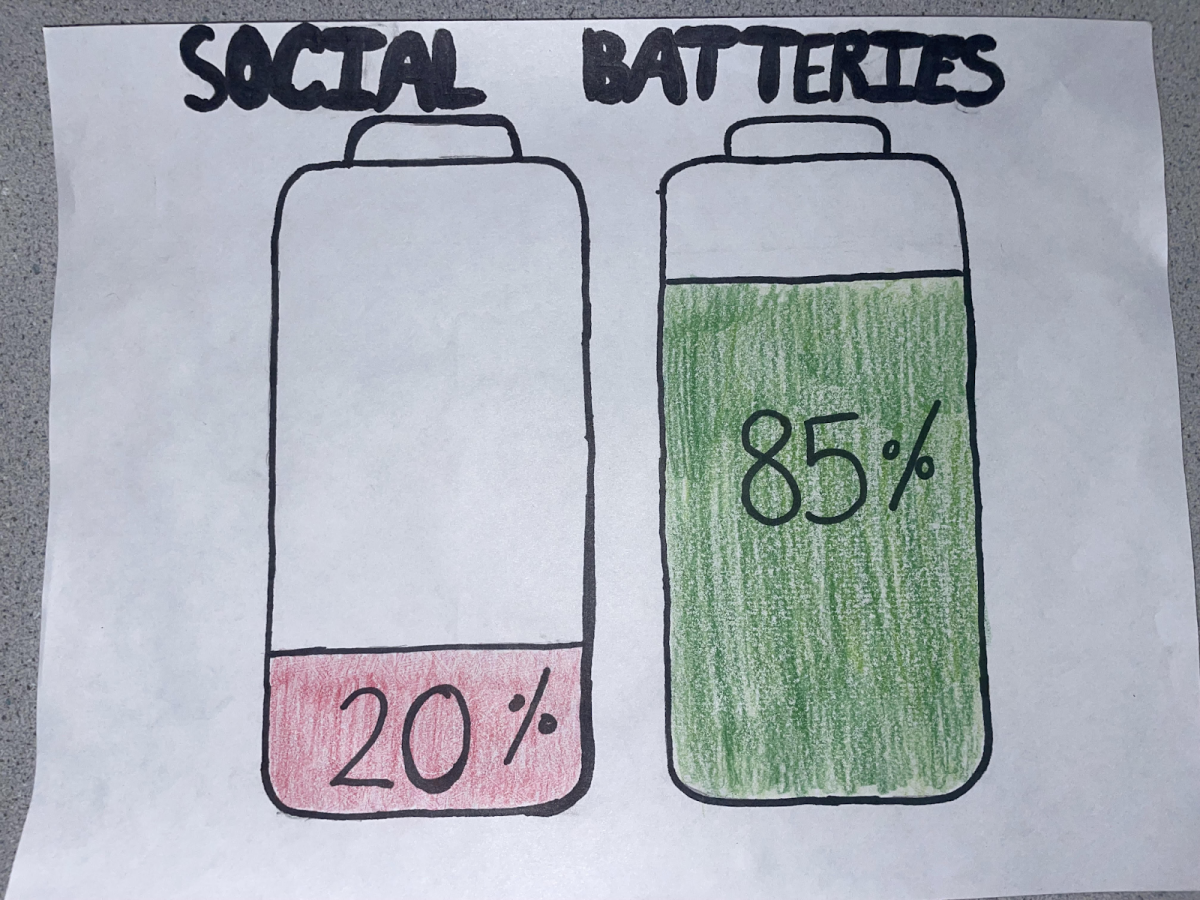
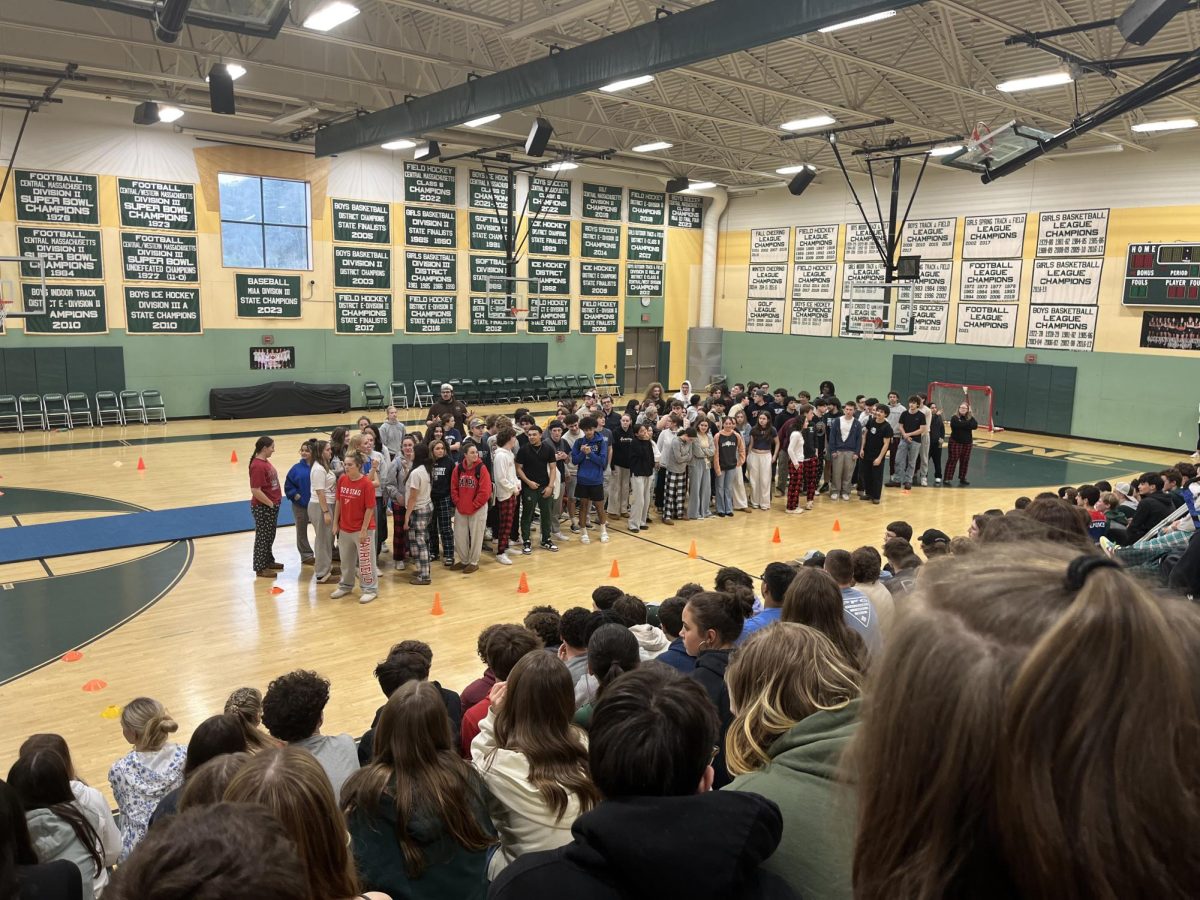
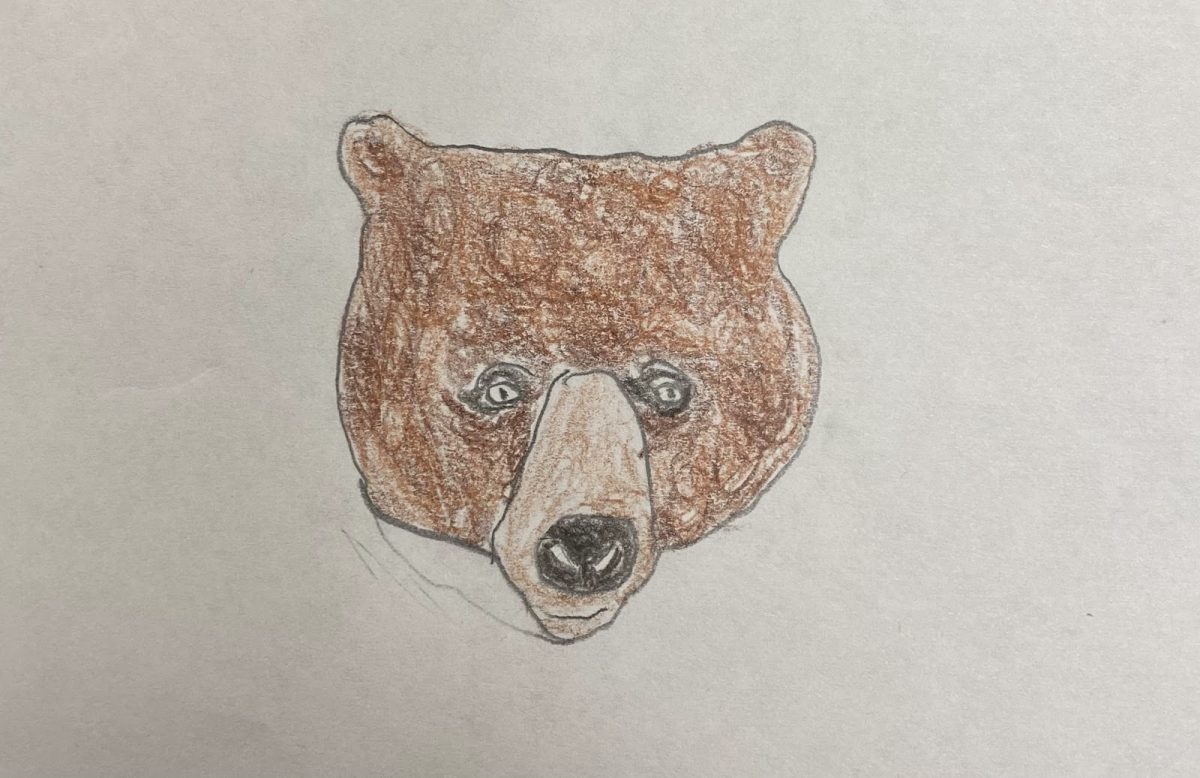

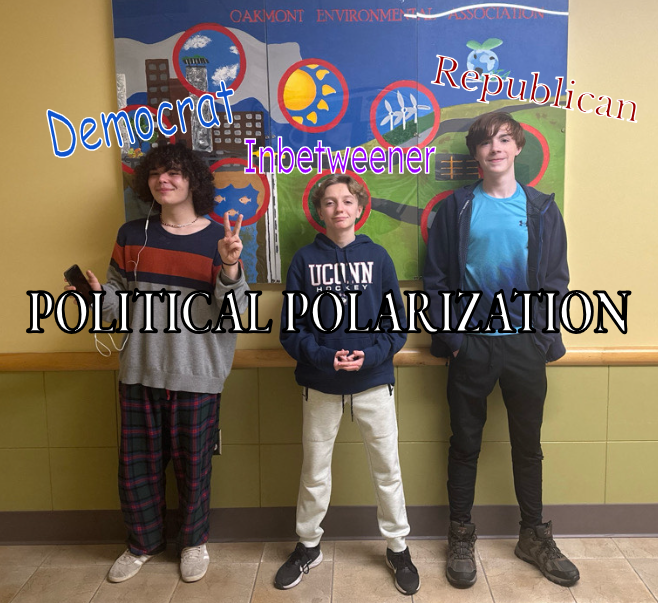

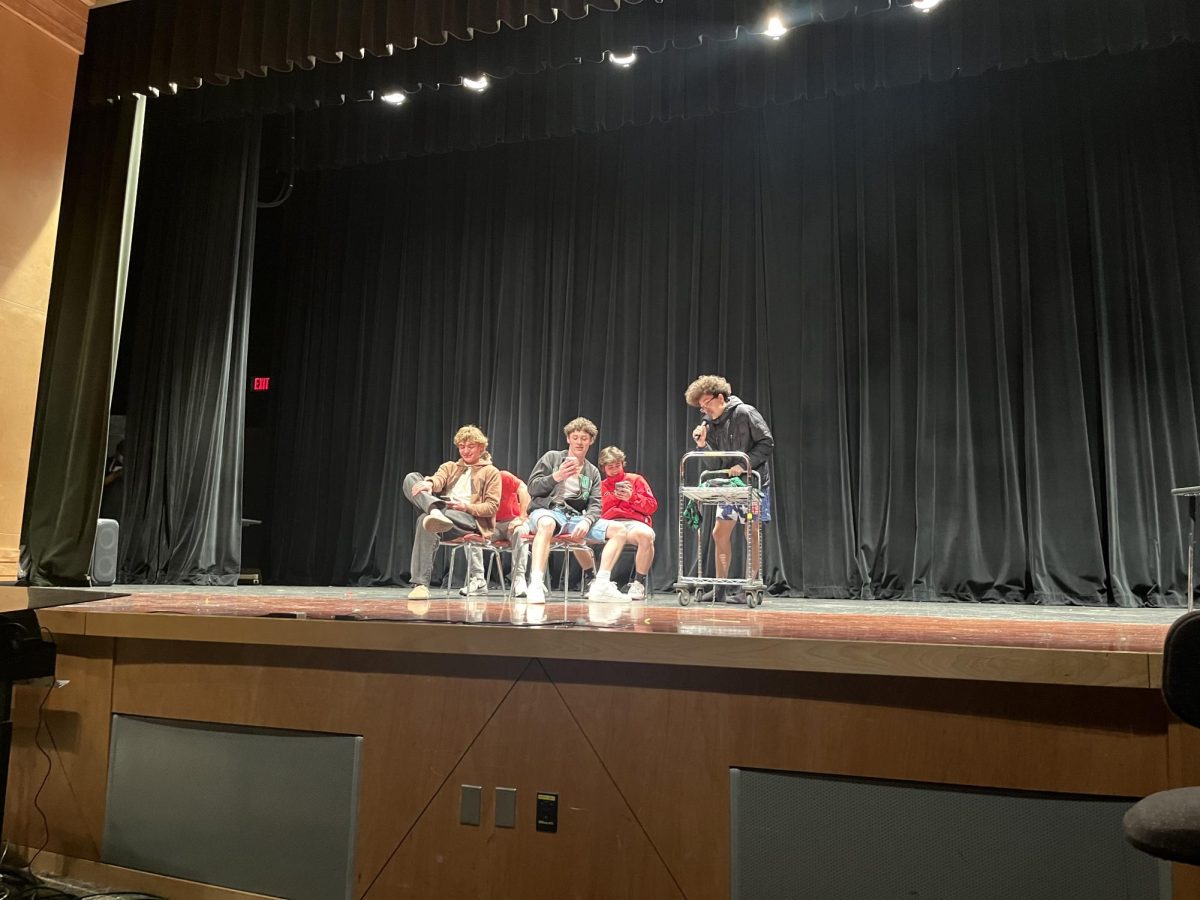


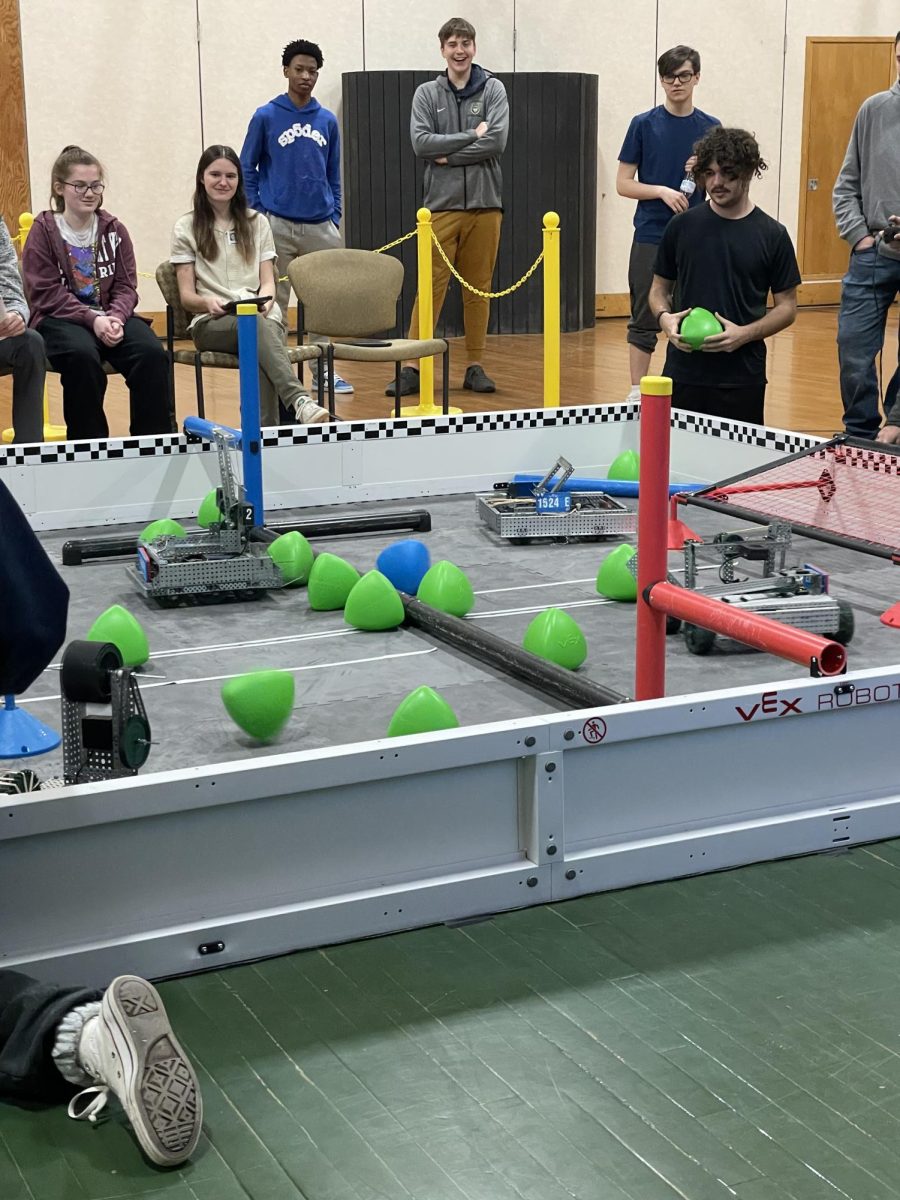
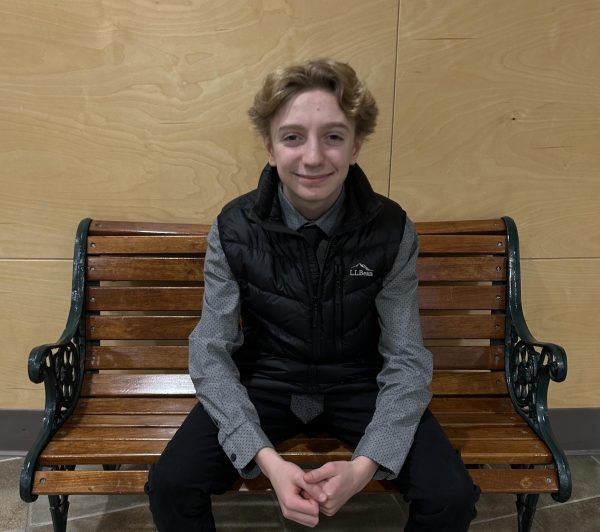
Ms. Martin • Mar 5, 2024 at 1:41 pm
One of my favorite things to do! Glad you featured this fun activity 🙂
Max Boudreau • Feb 29, 2024 at 8:12 am
Perfect way to describe it Connor!